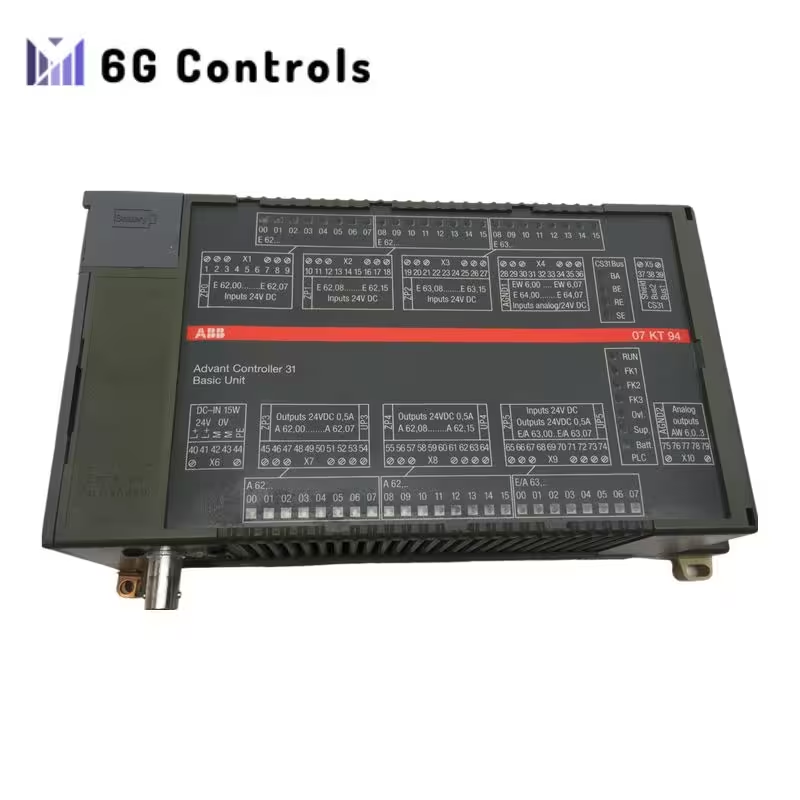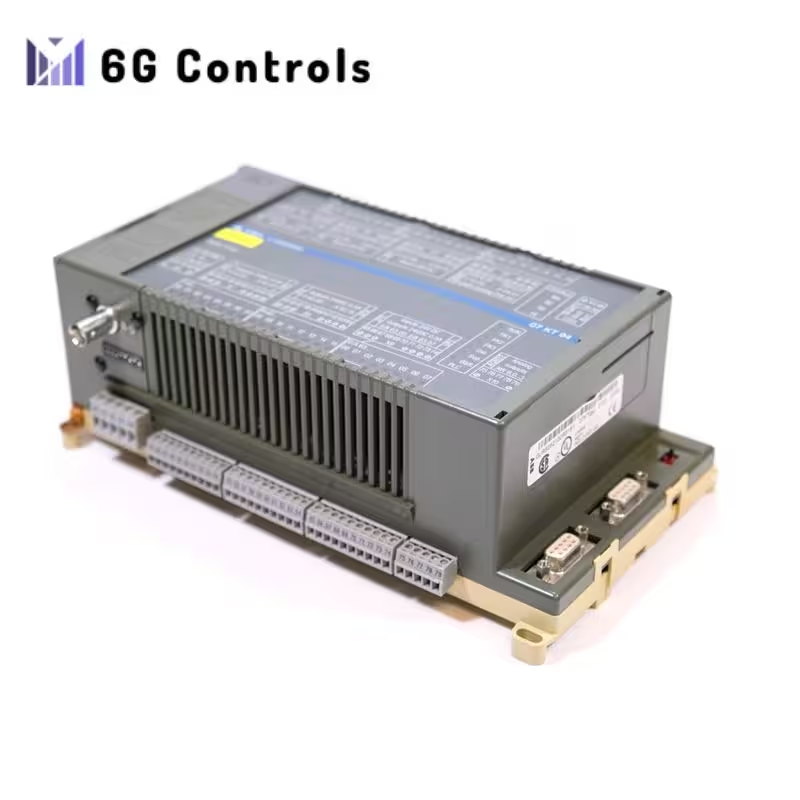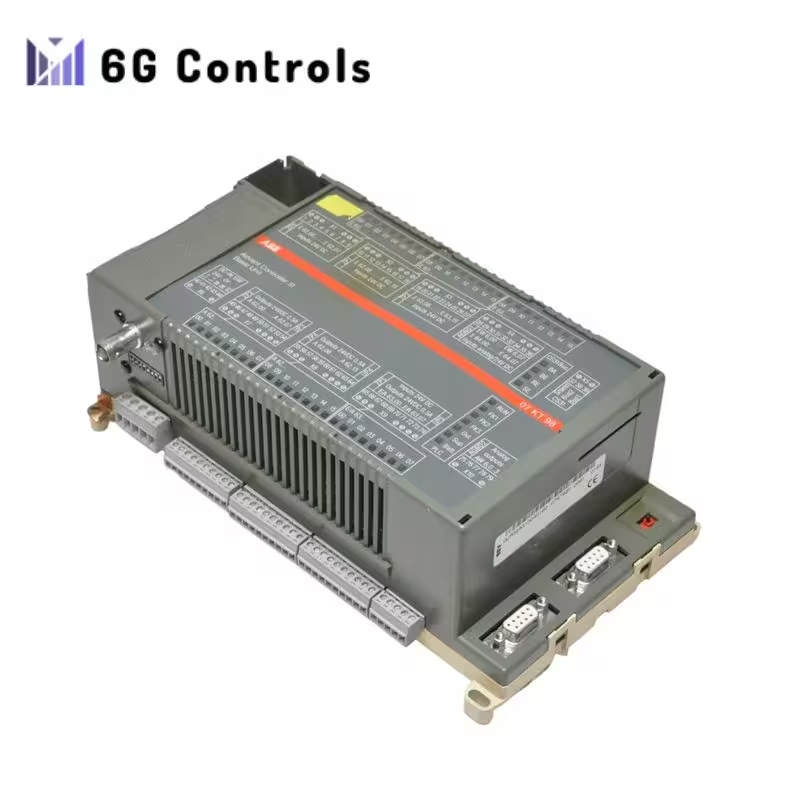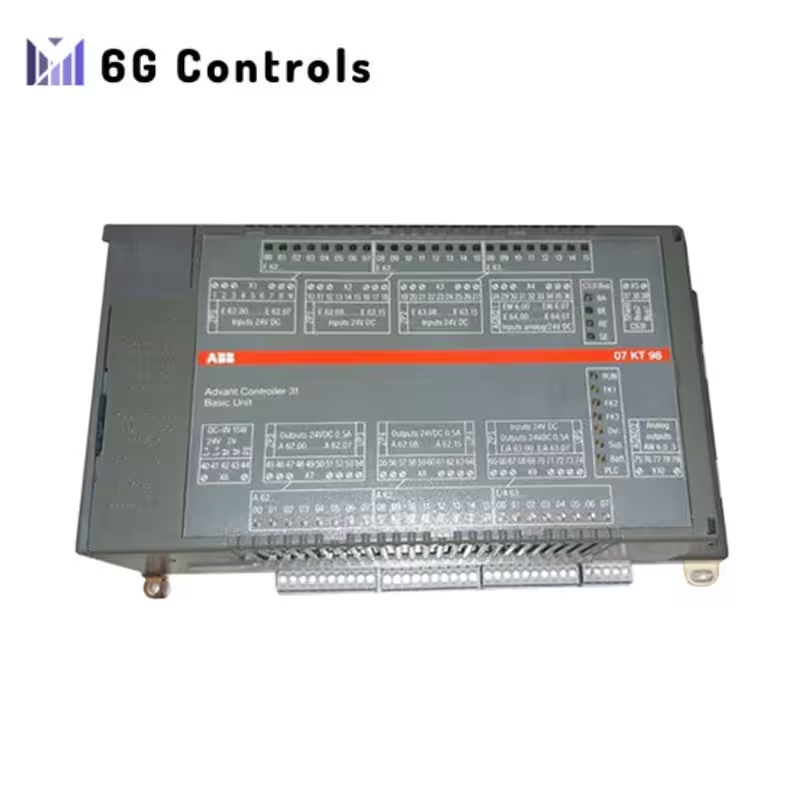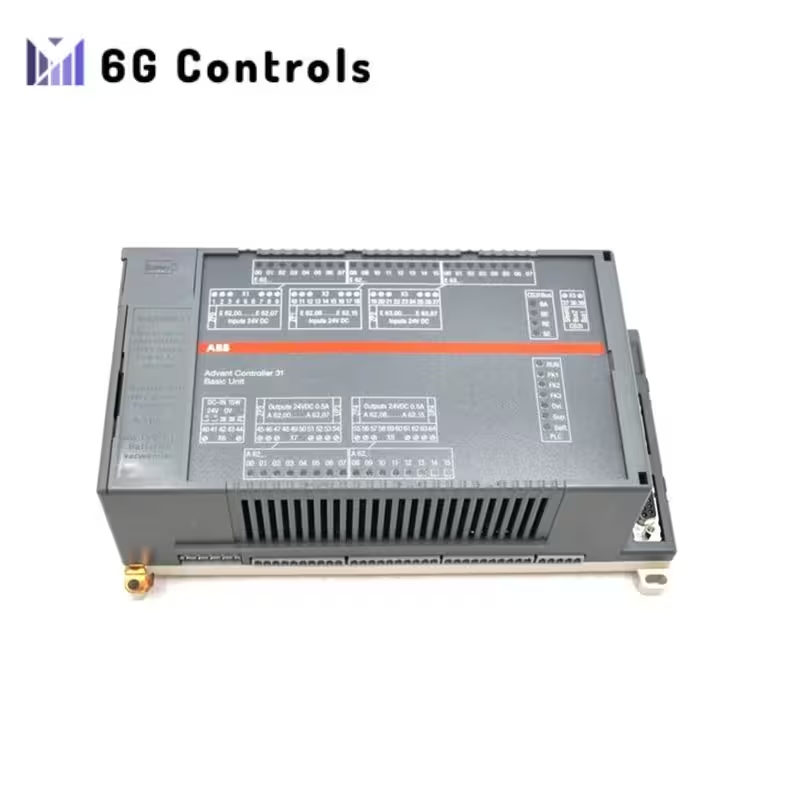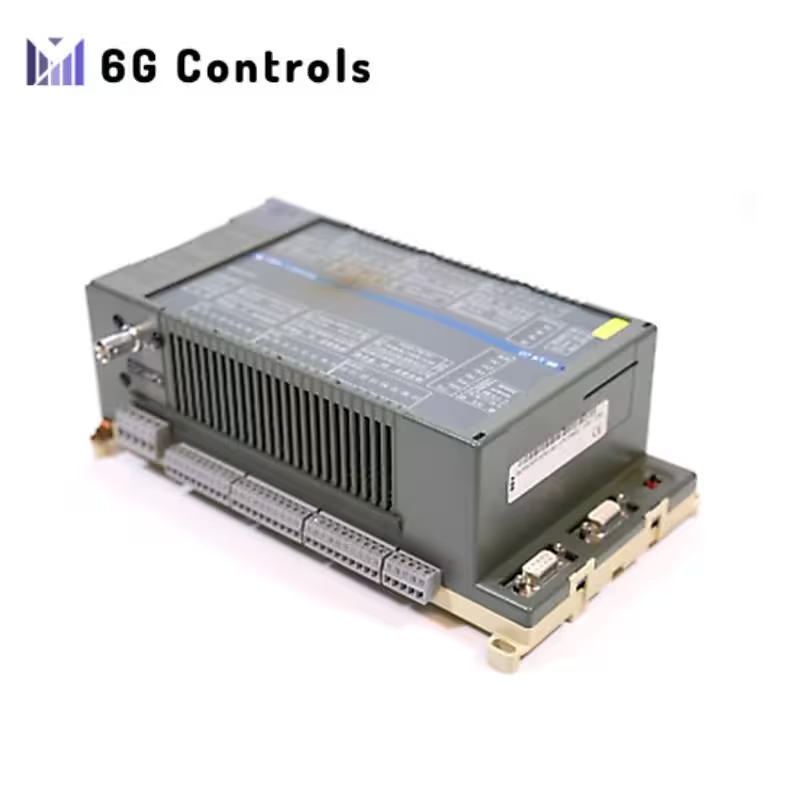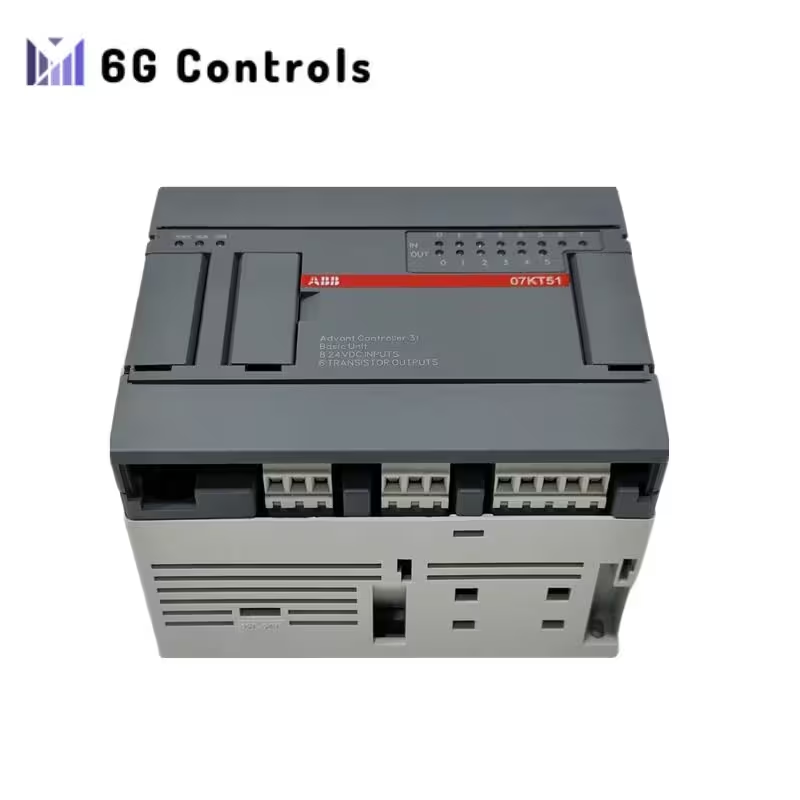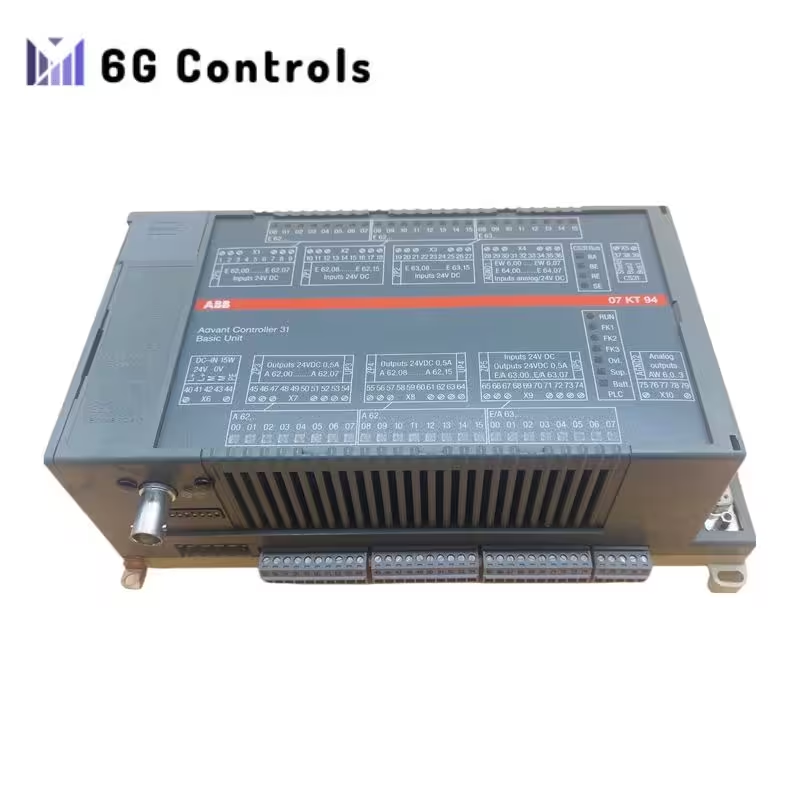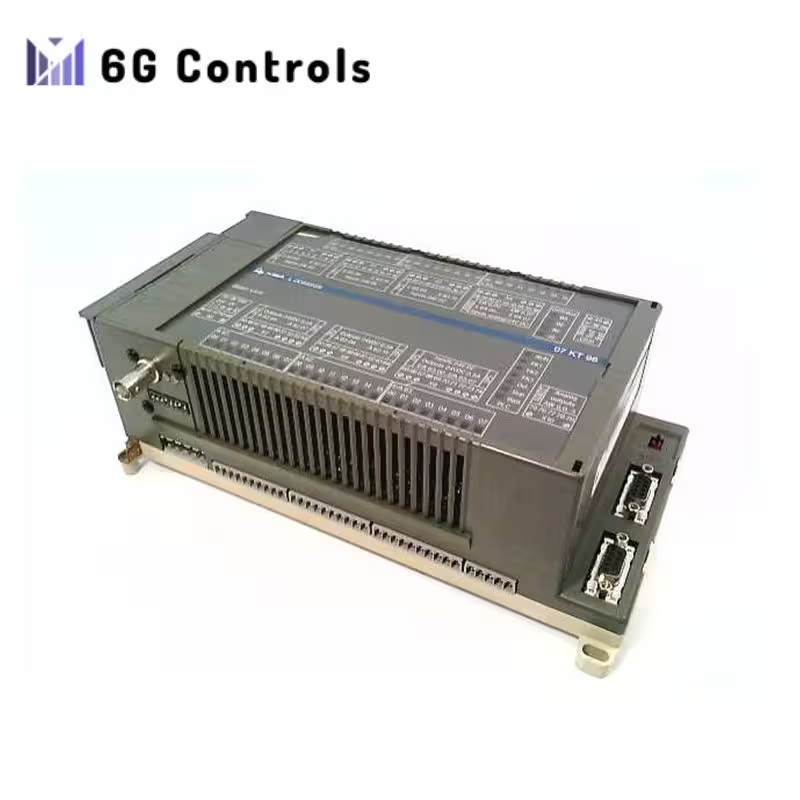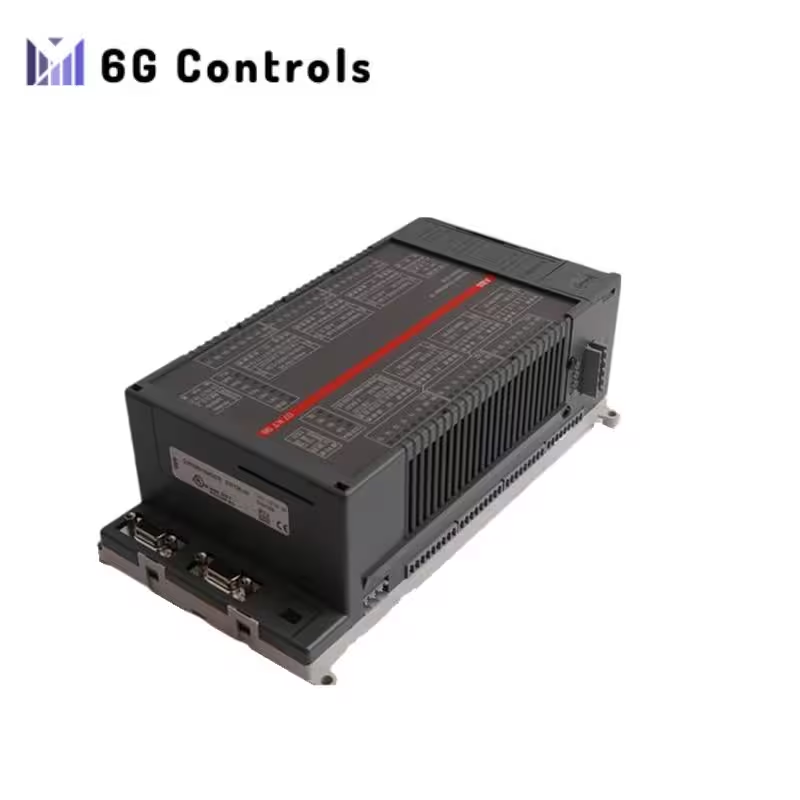
Basic Unit
Basic Unit Description
A Basic Unit in electronics refers to a self-contained module that performs a specific function. These units can range from simple logic gates to complex processing elements.
Key Characteristics
Modularity: Basic Units are designed to be self-contained, making them easy to integrate into larger systems. This modularity enhances system flexibility and scalability.
Well-Defined Function: Each unit has a specific purpose, such as performing logical operations, storing data, or executing instructions.
Standardized Interfaces: Basic Units often adhere to standardized protocols, ensuring compatibility with other components.
Examples of Basic Units
- Logic Gates: These basic building blocks perform Boolean logic operations like AND, OR, NOT, XOR, etc.
- Memory Cells: These units store binary data (0s and 1s) and form the foundation of memory devices (RAM, ROM).
- Arithmetic Logic Units (ALUs): ALUs handle arithmetic and logical operations, forming the core of a CPU.
- Microcontrollers: These small computers control specific functions in embedded devices.
Technical Specifications
The technical specs of a Basic Unit depend on its type and use case. Common parameters include:
- Operating Voltage: The voltage at which the unit operates correctly.
- Current Consumption: The amount of current the unit draws during operation.
- Propagation Delay: The time it takes for a signal to propagate through the unit.
- Power Dissipation: The heat generated by the unit during operation.
- Operating Temperature Range: The temperature range in which the unit remains reliable.
- Physical Dimensions: The size and form factor of the unit.
Applications
Basic Units are crucial in many electronic systems, including:
- Computers: CPUs, memory modules, and logic circuits.
- Embedded Systems: Microcontrollers, sensors, and actuators.
- Communication Devices: Modems, routers, and switches.
- Industrial Control Systems: PLCs, controllers, and data acquisition units.
 6G Controls - Leading Supplier of New & Original PLC 、DCS Parts and Automation Controller
6G Controls - Leading Supplier of New & Original PLC 、DCS Parts and Automation Controller
